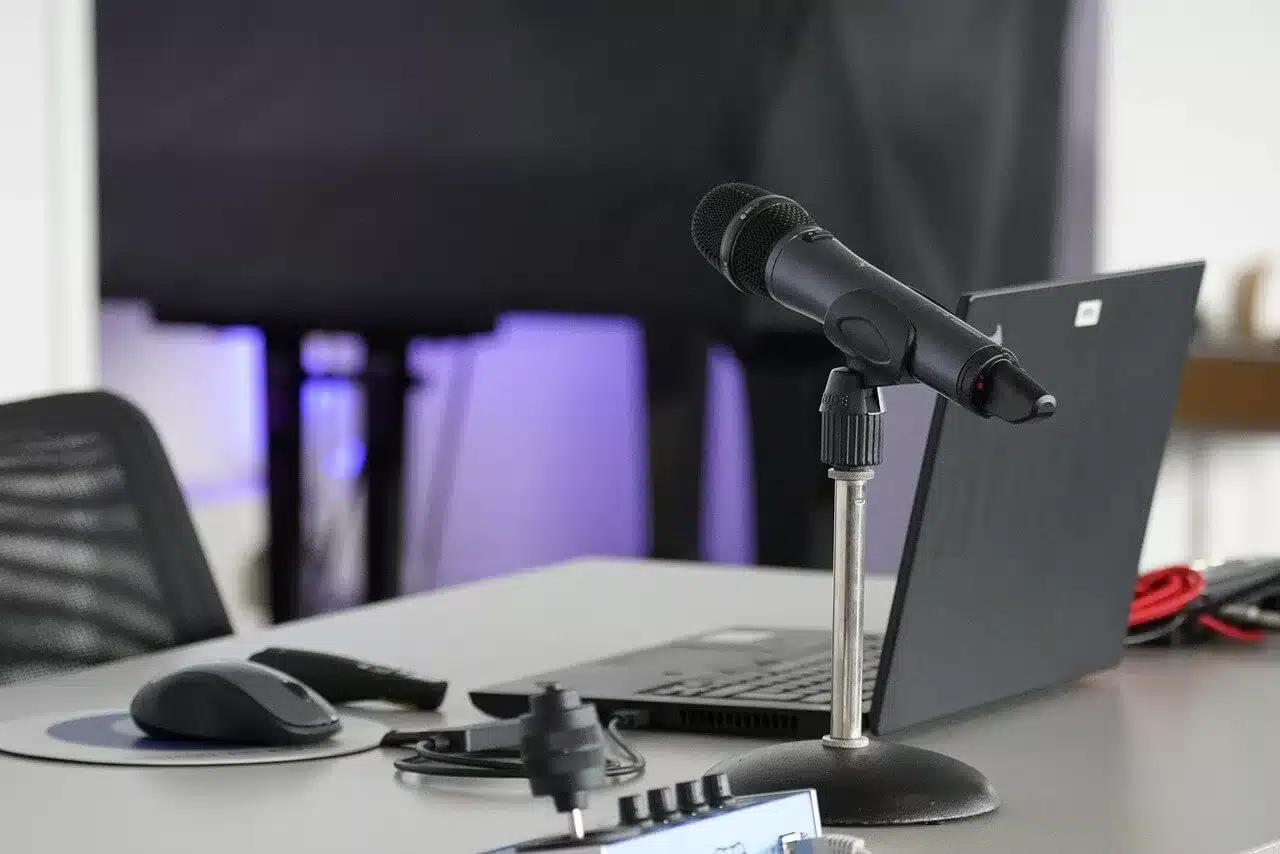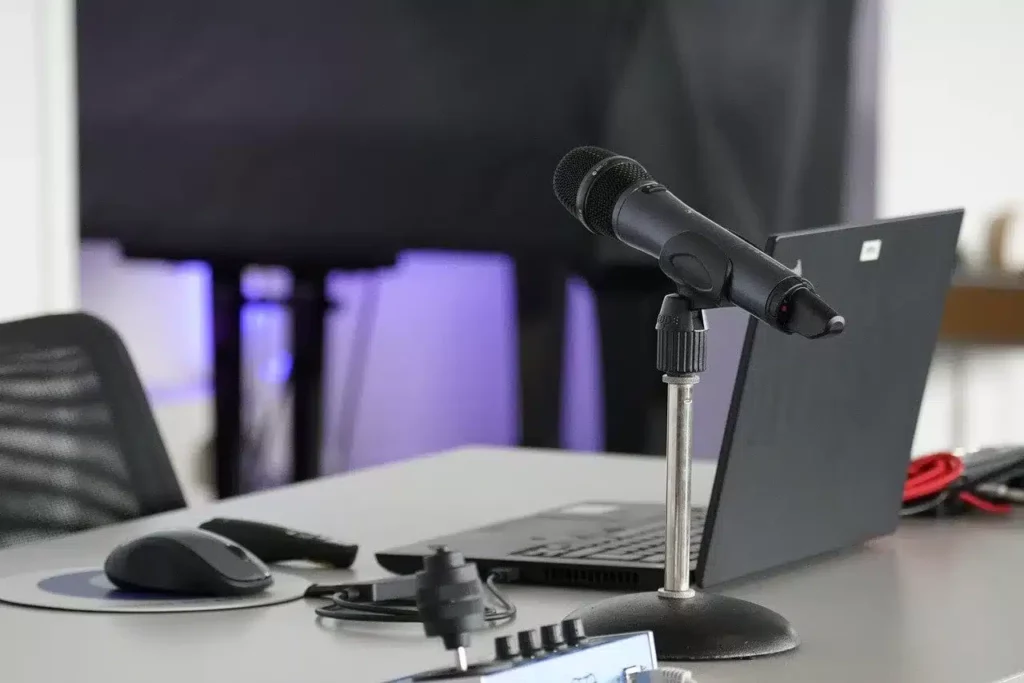
Podcasting: How to Create and Distribute Online Audio Content
Podcasting has become a ubiquitous form of content consumption, allowing individuals to create and share audio content on virtually any topic. The surge in popularity is attributed to its accessibility and the freedom it provides to creators. If you’re looking to dive into the world of podcasting, this comprehensive guide will take you through the essential steps to create and distribute compelling online audio content.
Getting Started
Selecting a Niche
Before you start recording, it’s crucial to identify a niche for your podcast. Choose a topic you are passionate about and have expertise in. This will not only keep you motivated but also attract like-minded listeners.
Planning Your Content
Outline the themes and topics you want to cover in your podcast. A well-thought-out plan ensures a coherent flow of episodes and helps you stay organized.
Recording Equipment and Software
Essential Tools for Beginners
You don’t need a professional studio to start podcasting. Invest in a good quality microphone and headphones to ensure clear audio. Additionally, free recording software like Audacity can be a great starting point.
Advanced Options for Quality Improvement
As you progress, consider upgrading your equipment. High-end microphones and digital audio workstations (DAWs) offer improved sound quality and editing capabilities.
Creating Engaging Content
Storytelling Techniques
Podcasts thrive on storytelling. Develop your narrative skills to captivate your audience and keep them coming back for more.
The Importance of a Strong Hook
Your podcast’s introduction is crucial. Craft a compelling hook that entices listeners from the very beginning.
Editing and Production
Basics of Audio Editing
Learn the basics of audio editing to polish your episodes. Remove background noise, add pauses for emphasis, and ensure a smooth listening experience.
Adding Music and Effects
Incorporate music and sound effects to enhance your podcast. However, use them judiciously to avoid overpowering your voice.
Choosing the Right Platform
Popular Podcast Hosting Platforms
Selecting the right hosting platform is essential for reaching your audience. Platforms like Podbean, Libsyn, and Anchor offer user-friendly interfaces and distribution options.
Considerations for Platform Selection
Consider factors such as pricing, analytics, and ease of use when choosing a hosting platform. Some platforms also offer monetization opportunities for podcasters.
Optimizing for SEO
Using Relevant Keywords in Titles and Descriptions
Optimize your podcast for search engines by including relevant keywords in episode titles and descriptions. This improves discoverability among potential listeners.
The Significance of Show Notes
Craft detailed show notes that provide additional context and information about each episode. This not only aids SEO but also adds value for your audience.
Cover Art and Branding
Designing an Eye-Catching Podcast Cover
Your podcast cover is the first thing potential listeners see. Invest time in creating an eye-catching design that reflects the essence of your content.
Building a Consistent Brand Identity
Maintain consistency in branding across platforms. This helps in creating a recognizable identity for your podcast.
Publishing and Distribution
Uploading Your Podcast Episodes
Follow the guidelines of your chosen hosting platform to upload and publish your episodes. Ensure all necessary details, such as episode title and description, are filled in accurately.
Strategies for Wider Distribution
Explore cross-promotion with other podcasters, share snippets on social media, and submit your podcast to directories like Apple Podcasts and Spotify for broader distribution.
Building a Community
Engaging with Your Audience
Actively engage with your audience on social media and through listener feedback. Building a community around your podcast enhances its longevity.
Utilizing Social Media
Use social media platforms to promote your episodes, share behind-the-scenes content, and connect with your audience on a more personal level.
Monetization Strategies
Sponsorships and Advertisements
Once you’ve built a substantial listener base, explore sponsorship opportunities and advertisements to monetize your podcast.
Listener Support and Crowdfunding
Consider platforms like Patreon for listener support and crowdfunding. Your dedicated audience may be willing to contribute to the success of your podcast.
Analytics and Feedback
Monitoring Podcast Performance
Regularly check analytics provided by your hosting platform to understand listener demographics and episode performance. Use this data to refine your content.
Responding to Listener Feedback
Encourage listener feedback and address it constructively. This helps in building a stronger connection with your audience.
Staying Consistent
Establishing a Publishing Schedule
Consistency is key in podcasting. Establish a regular publishing schedule to keep your audience engaged and coming back for more.
Overcoming Challenges
Expect challenges along the way and be prepared to adapt. Whether it’s technical issues or creative blocks, overcoming challenges is part of the podcasting journey.
Podcasting Trends
Emerging Trends in the Podcasting Industry
Stay updated on industry trends. Whether it’s interactive podcasts, live recordings, or virtual reality integration, staying ahead of the curve keeps your podcast relevant.
Staying Ahead of the Curve
Adapt to emerging technologies and trends to keep your podcast ahead of the competition. Experiment with new formats and engage with your audience on evolving platforms.
Conclusion
In conclusion, podcasting offers a dynamic and accessible platform for content creators to share their stories and expertise. By following the steps outlined in this guide, you can embark on a successful podcasting journey. Remember, consistency, engagement, and adaptability are key to building a thriving podcast.



